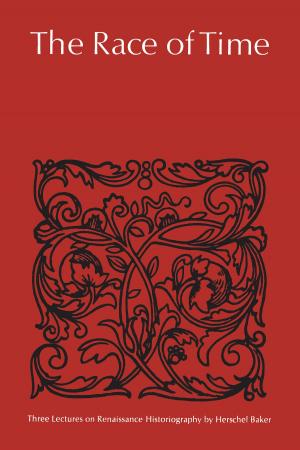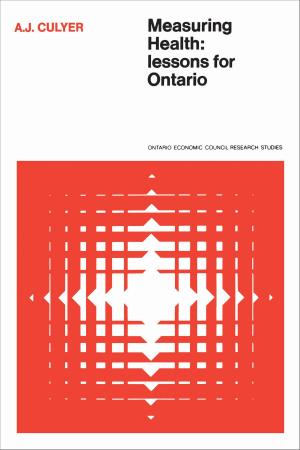Judeans and Jews
Four Faces of Dichotomy in Ancient Jewish History
Nonfiction, History, Jewish, Ancient History, Social & Cultural Studies, Social Science| Author: | Daniel R. Schwartz | ISBN: | 9781442616875 |
| Publisher: | University of Toronto Press, Scholarly Publishing Division | Publication: | November 21, 2014 |
| Imprint: | Language: | English |
| Author: | Daniel R. Schwartz |
| ISBN: | 9781442616875 |
| Publisher: | University of Toronto Press, Scholarly Publishing Division |
| Publication: | November 21, 2014 |
| Imprint: | |
| Language: | English |
In writing in English about the classical era, is it more appropriate to refer to “Jews” or to “Judeans”? What difference does it make? Today, many scholars consider “Judeans” the more authentic term, and “Jews” and “Judaism” merely anachronisms.
In Judeans and Jews, Daniel R. Schwartz argues that we need both terms in order to reflect the dichotomy between the tendencies of those, whether in Judea or in the Disapora, whose identity was based on the state and the land (Judeans), and those whose identity was based on a religion and culture (Jews).
Presenting the Second Temple era as an age of transition between a territorial past and an exilic and religious future, Judeans and Jews not only sharpens our understanding of this important era but also sheds important light on the revolution in Jewish identity caused by the creation of the modern state of Israel.
In writing in English about the classical era, is it more appropriate to refer to “Jews” or to “Judeans”? What difference does it make? Today, many scholars consider “Judeans” the more authentic term, and “Jews” and “Judaism” merely anachronisms.
In Judeans and Jews, Daniel R. Schwartz argues that we need both terms in order to reflect the dichotomy between the tendencies of those, whether in Judea or in the Disapora, whose identity was based on the state and the land (Judeans), and those whose identity was based on a religion and culture (Jews).
Presenting the Second Temple era as an age of transition between a territorial past and an exilic and religious future, Judeans and Jews not only sharpens our understanding of this important era but also sheds important light on the revolution in Jewish identity caused by the creation of the modern state of Israel.















